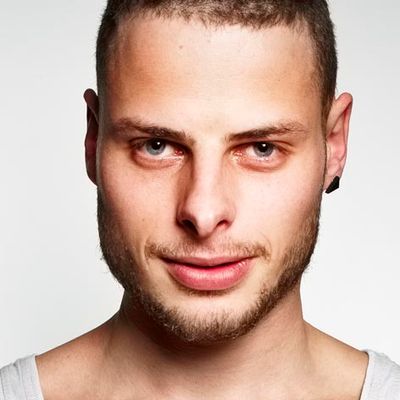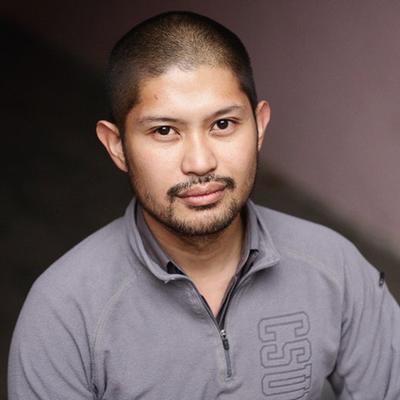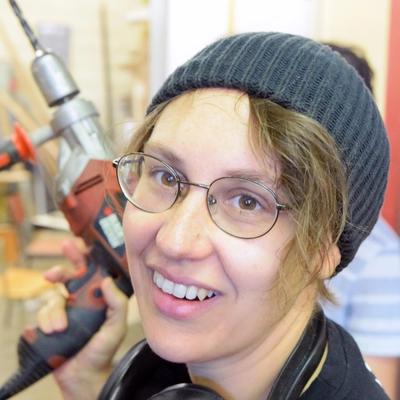Biomodd [MEC10]
![Biomodd [MEC<sup>10</sup>]](https://cdn.sanity.io/images/t39t9igo/production/71c76a4e98da094999f334d839b8bb9d9699a72a-3840x2880.jpg?w=1152)
resources | |
|---|---|
| MEC10 sketches | |
| Dodonaeus festival aftermovie | |
For this celebratory edition (it’s has been a decade since Biomodd first emerged) the project set up camp in the iconic Sint-Romboutstoren in Mechelen, Belgium. The installation was co-led by Diego S. Maranan (PH) and Pieter Steyaert (BE). The design of this Biomodd celebrated the magnificent feature of medieval engineering of St Rumbold Tower and the human-machine synergy which made it possible. The visual piece consisted out of three parts that interacted with space in the tower. A local area network [LAN] links all of the computers in this Biomodd installation into a single array. Each computer ran a multiplayer gaming system that was influenced by sensors that measured the conditions of the plants and their surroundings. Visitors were invited to play the game while lying down in the running wheel that had an important function within the tower. The three parts that all had their individual gaming station where connected with one main algae thank. Local Mechelen fungi were occupied in an outdated computer mixed with the hybrid algae that was contained specimens from across New York, Kosovo, Delft, the Philippines and other places where Biomodd installations have been built in the past. The plants that were used in this installation are all described in the “Cruijdeboeck” of Rembert Dodoens. Partners Stad Mechelen, Talentenfabriek Mechelen, ArteNova, FoAM, Erasmus Hogeschool Brussel and University of the Philippines Open University






























